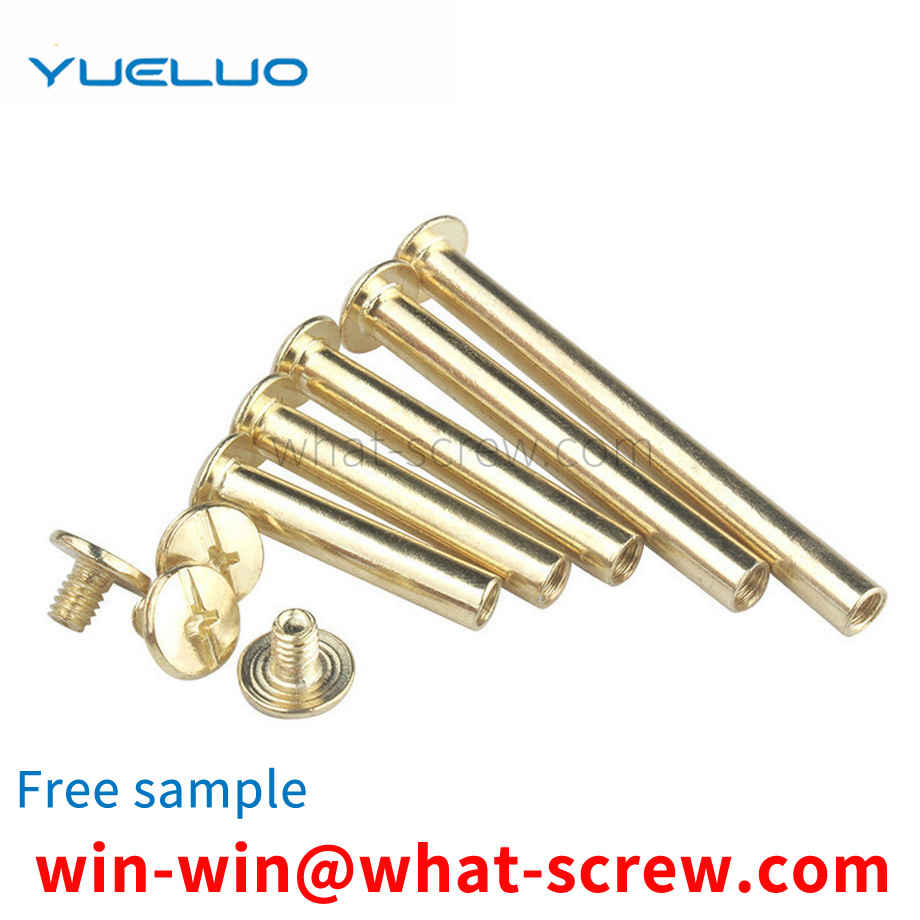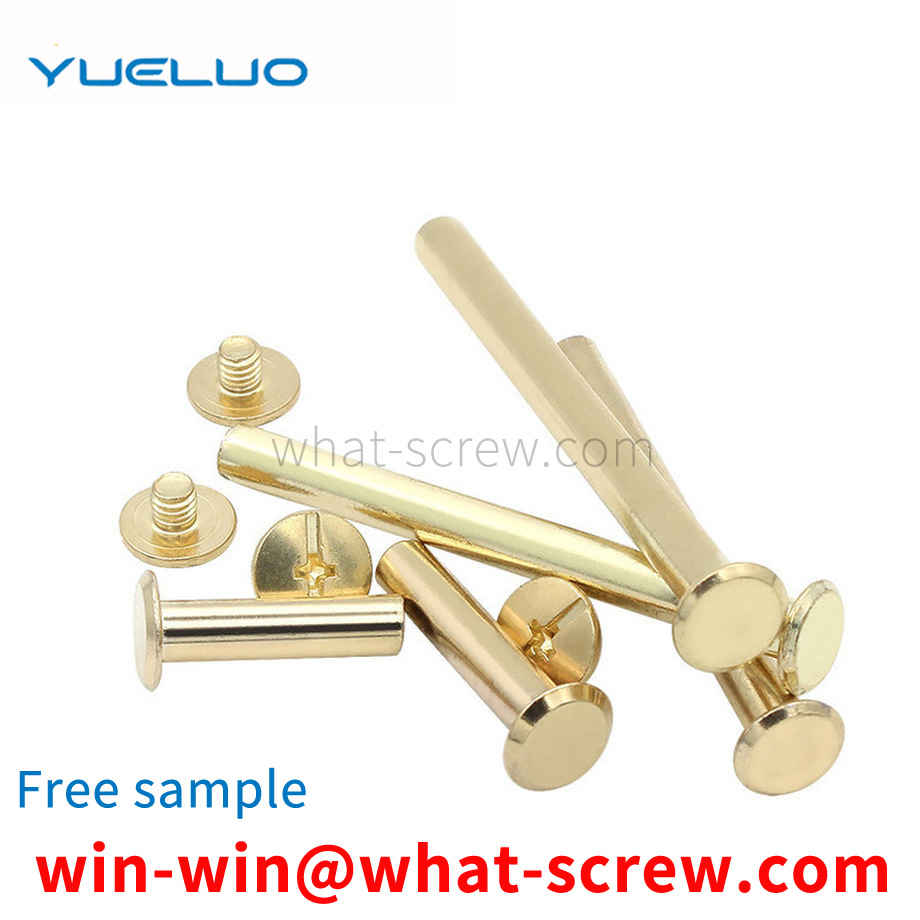When the mechanical components are installed on the concrete foundation, the J-shaped and L-shaped ends of the bolts are embedded in the concrete for use. The tensile capacity of the anchor bolt is the tensile capacity of the round steel itself. The size is equal to the cross-sectional area multiplied by the allowable stress value (Q235B: 140MPa, 16Mn or Q345: 170MPA), which is the allowable tensile capacity at the time of design. The anchor bolts are generally made of Q235 steel, which is smooth and round. Rebar (Q345) is strong, and the thread of the nut is not as easy to be round. For light round anchor bolts, the burial depth is generally 25 times its diameter, and then a 90-degree hook with a length of about 120mm is made. If the bolt diameter is large (such as 45mm) and the buried depth is too deep, a square plate can be welded at the end of the bolt, that is, a large head can be made (but there are certain requirements). The burial depth and hook are all to ensure the friction between the bolt and the foundation, so as not to cause the bolt to be pulled out and damaged.
rivet is a nail-shaped object used to join two parts or components with a through hole and a cap on one end. In riveting, the riveted parts are connected by their own deformation or interference. There are many types of rivets, and they are not limited to the form. The existing switch is not easy to fix, and needs to be supported by others during installation, which leads to waste of labor, and at the same time, it is easy to damage the hands of the supporting personnel. The existing device driving method is relatively laborious. Some devices require rivets of different lengths in different thicknesses, and cannot be assembled by themselves of the same type.
Bolts are widely used in the machinery industry. Round head bolts are generally fixed in equipment parts, but during long-term use, due to external force or vibration of the equipment itself, the bolts are loosened, and the bolt heads have a long-term use process. A fatal disadvantage is that it is prone to slippage, which can cause major safety hazards and economic losses to users in severe cases.
High-strength bolt connection has the advantages of simple construction, good mechanical performance, disassembly and replacement, fatigue resistance, and no loosening under dynamic load. It is a promising connection method. High-strength bolts use a special wrench to tighten the nut, so that the bolt generates a huge and controlled pre-tension. Under the action of pre-pressure, a large frictional force will be generated along the surface of the connected parts. Obviously, as long as the axial force is less than this frictional force, the components will not slip and the connection will not be damaged. This is the high-strength bolt connection. principle. High-strength bolted connections rely on the friction between the contact surfaces of the connectors to prevent them from sliding each other. In order to make the contact surfaces have sufficient friction, it is necessary to increase the clamping force of the components and increase the friction coefficient of the contact surfaces of the components. The clamping force between the components is achieved by applying pretension to the bolts, so the bolts must be made of high-strength steel, which is why it is called high-strength bolted connections. In high-strength bolted connections, the friction coefficient has a great influence on the bearing capacity. Tests show that the coefficient of friction is mainly affected by the form of the contact surface and the material of the components. In order to increase the friction coefficient of the contact surface, methods such as sandblasting and wire brush cleaning are often used to treat the contact surface of the components within the connection range during construction.
The screw refers to the screw (foreign name: Screw), which is a tool that uses the physical and mathematical principles of the oblique circular rotation of the object and the frictional force to gradually fasten the utensils and parts. Screw installation names are divided into: machine screws, self-tapping screws, drill-tail screws, wallboard screws, fiberboard screws, wood screws, hexagonal wood screws, non-prolapse screws, combination screws, miniature screws, furniture screws, electronic screws, chain belt screws .
We have many years of experience in the production and sales of screws, nuts, flat washers, etc. The main products are: self-locking anti-loose washers, expansion pipe screws, authentic 304 stainless steel pins, stainless steel rivet nuts and other products, we can provide you with suitable tightening. Firmware Solutions.



















 Service Hotline
Service Hotline




